How Long Does It Take for Skin to Shrink After Having a Baby
18 ways pregnancy may change your body forever
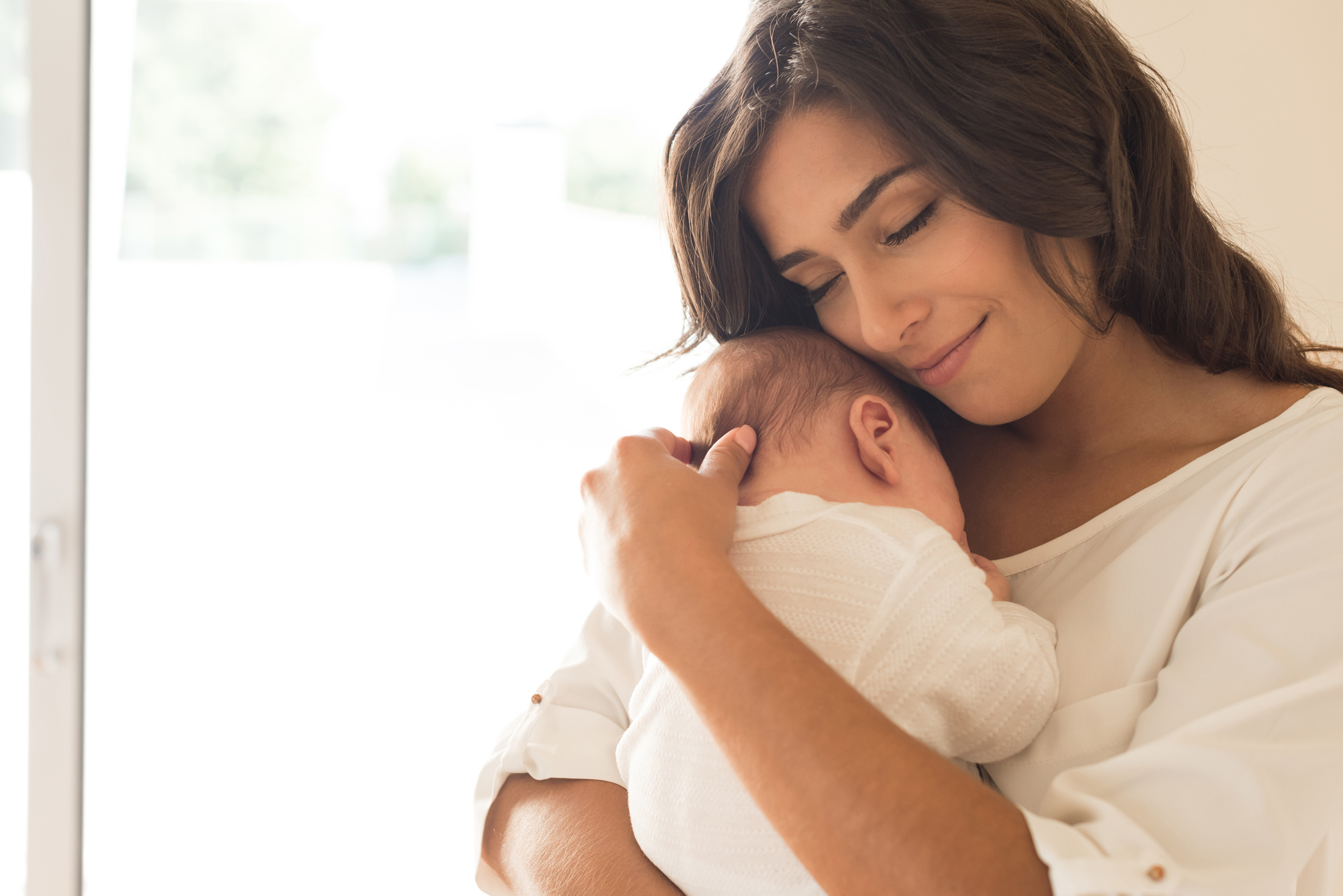
They say that being a mother changes you, and they aren't kidding. At no other time in your life will you grow a whole new organ, force your heart to pump 50% more blood and have alien cells hijack your brain.
And while most of those odd changes disappear after birth, a few of them, like your little one, are for keeps. From permanently bigger feet to diabetes, here are 18 things that may never go back to the way they were before you got pregnant.
Shoe size
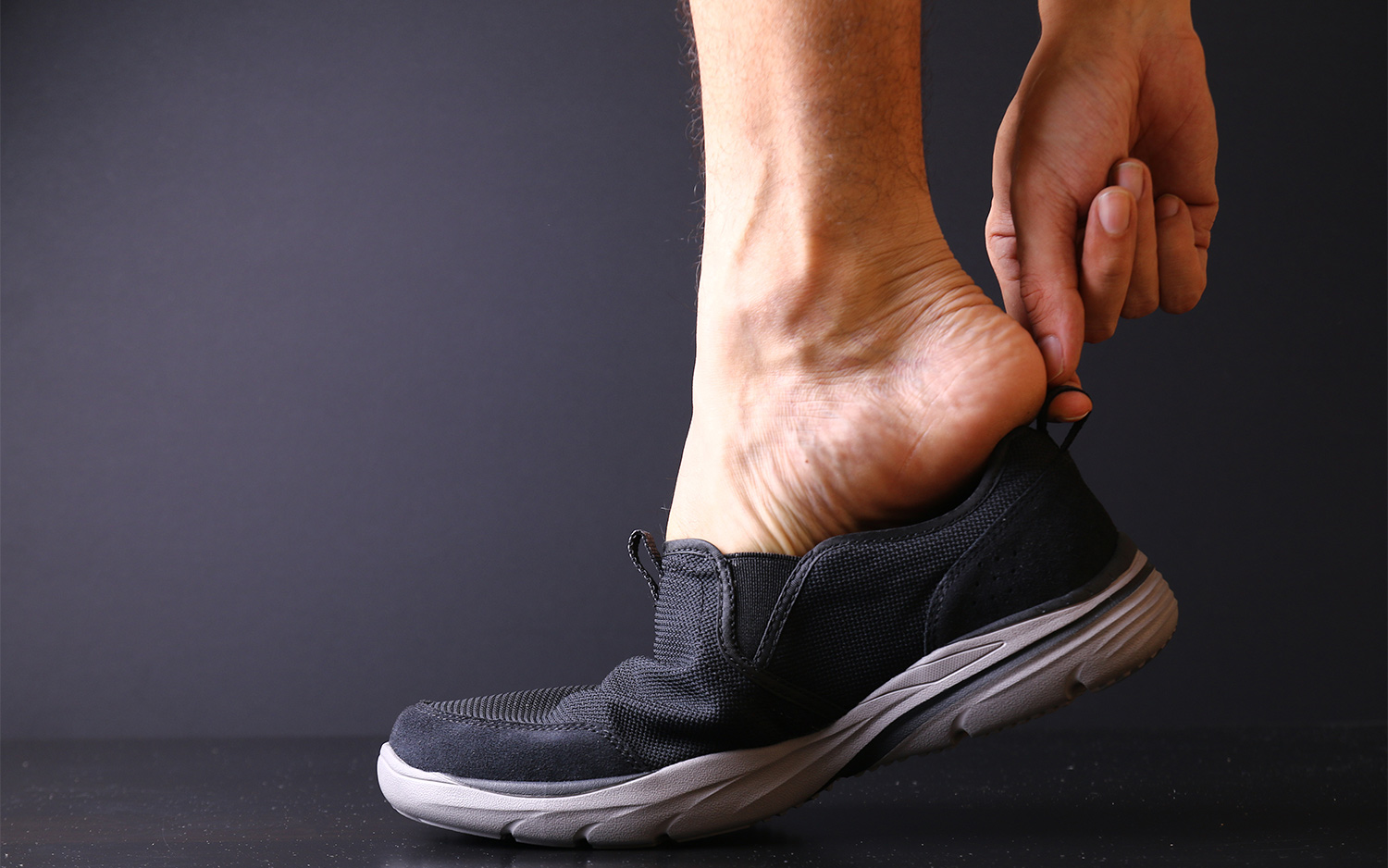
There are two main reasons for the change in shoe size during pregnancy: weight gain and hormones.
The American College of Obstetricians and Gynecologists (ACOG) says that women of a normal weight should gain from 25 to 35 lbs. (11 to 16 kilograms) during pregnancy. "That extra weight that's carried around for the 10 lunar months of pregnancy, and even longer, flattens out the [foot's] arch," which is why some women gain about half a shoe size during pregnancy, said Dr. Michael Cackovic, the obstetrics director of cardiac disease and pregnancy at The Ohio State University Wexner Medical Center.
The hormone relaxin also plays a role. As its name suggests, relaxin helps relax ligaments and bones in the pelvis, so the body can be elastic during childbirth. But relaxin also affects ligaments all over the body, including in the feet, which can make a woman's feet looser and more spread out, said Dr. Leena Nathan, an assistant clinical professor of obstetrics and gynecology at the University of California, Los Angeles.
New moms: Once your feet grow, you should get used to sporting a larger shoe size, as these changes are permanent, even after you lose weight and relaxin production stops, Cackovic said.
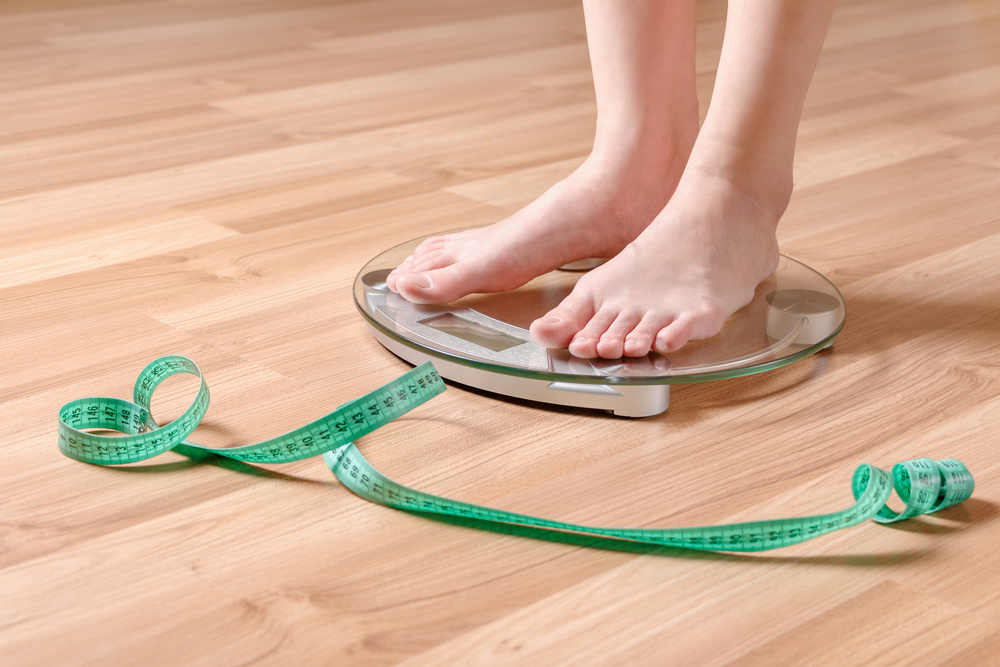
And speaking of weight gain, while those extra pounds don't have to be permanent, they are for many women.
One in 4 women will hang onto 11 lbs. or more (5 kg or more) a year after giving birth. And after having a baby, a woman will be, on average, 2.5 to 5 lbs. (1 to 2 kg) heavier than she was prior to pregnancy, Kathleen Rasmussen, a professor of maternal and child nutrition at Cornell University, previously told Live Science. While that's not a ton, imagine repeating that process for four or five babies; after that, the extra weight gain can be significant
Vaginal changes
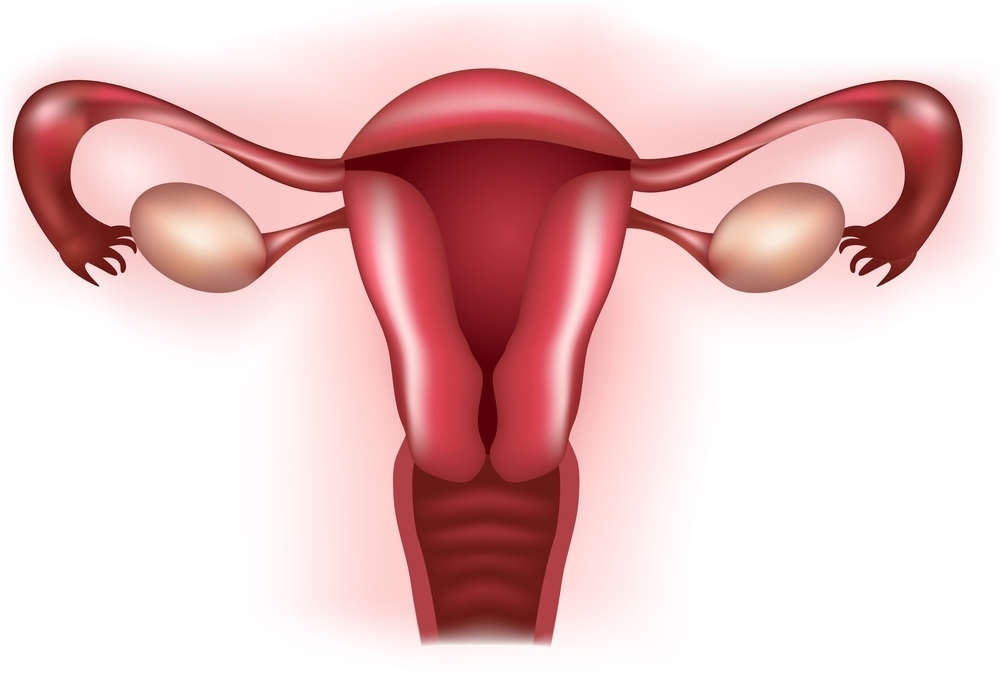
This one shouldn't be a surprise, given the average dimensions of a newborn's head, but women often have vaginal changes postpartum. While the vagina will contract down to almost its original size after birth, most women will have a permanently wider vagina, said Dr. Alyssa Dweck, a gynecologist in New York City and the author of "The Complete A to Z for Your V," (Fair Winds Press, 2017).
"There are many factors that contribute, including type of delivery, size of baby, genetic factors [and] being overweight, to name a few," Dweck told Live Science.
Wee problem
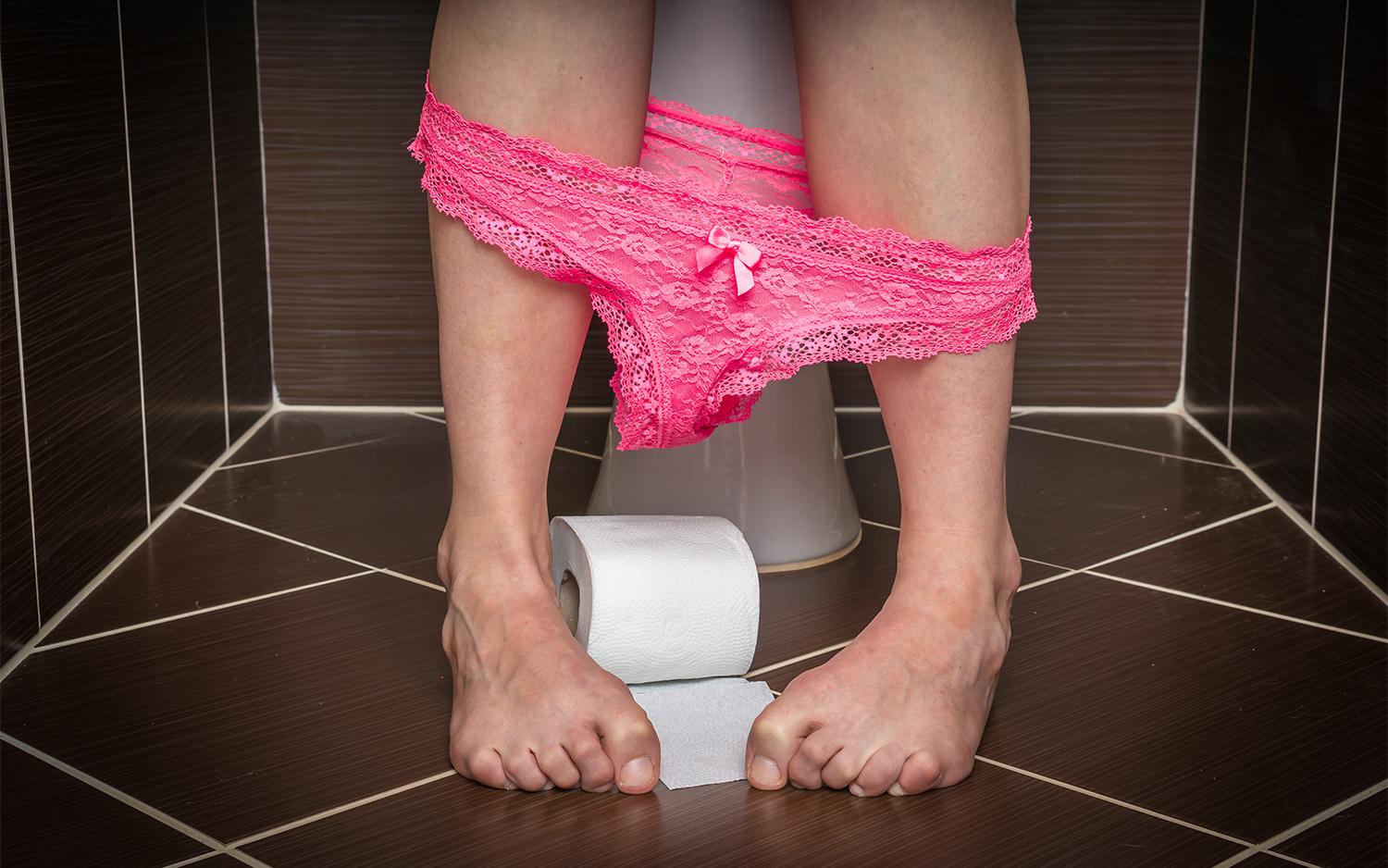
While not all women face one of the more unpleasant problems associated with squeezing an 8-lb. (3.6 kg) human out of their body, giving birth — unfortunately — puts mothers at increased risk for incontinence, or loss of bladder control. That's because vaginal delivery can weaken the muscles needed for bladder control and can damage bladder nerves and supportive tissue, leading to a dropped (prolapsed) pelvic floor, according to the Mayo Clinic.
C-sections can also increase the risk of incontinence, Cackovic said.
Women with incontinence can practice Kegel exercises to strengthen these pelvic floor muscles, he said. There is also at least one Bluetooth-enabled device that allows people to do pelvic floor exercises and get biofeedback with an app on their phone and a small intravaginal device, Dweck said.
Gain a child, lose a tooth
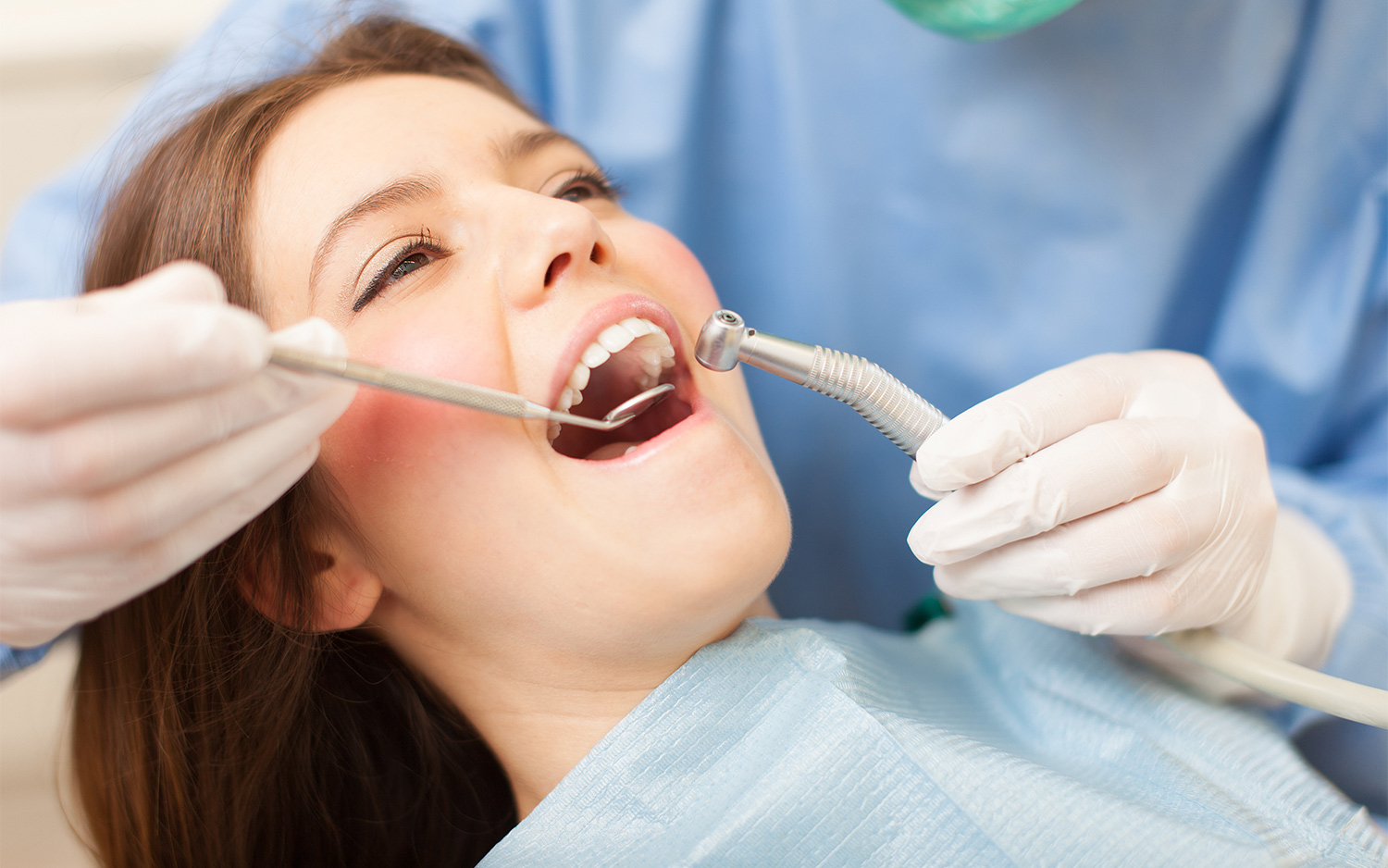
The old wives' tale says, "Gain a child and lose a tooth." And there may be some truth to that.
A 2008 study of 2,635 women in the American Journal of Public Health found that the more children women had, the more likely they were to have lost teeth. Women between the ages of 35 and 49 with one child had lost an average of two teeth, while women with two children lost an average of four. Meanwhile, women with four or more children had lost an average of seven teeth. It's not clear exactly why, as frequency of dental care didn't seem to be tied to this association.
Other dental problems include enlarged gums and more bleeding from gums during pregnancy because of increased blood flow, Nathan told Live Science. And the acid from vomiting, if women have morning sickness, can also wear away the enamel on teeth, Nathan said.
Hormonal changes during pregnancy can also affect the bacteria population, or microbiome, of your mouth, so it's important to practice good dental hygiene during this time, Cackovic said.
"We know that women who don't have good dental health are actually at risk for preterm delivery, so it's very important for women to see their dentists during pregnancy and get their teeth cleaned according to schedule," Nathan said. "If it's not taken care of, it can definitely persist postpartum."
Growing and shrinking breasts
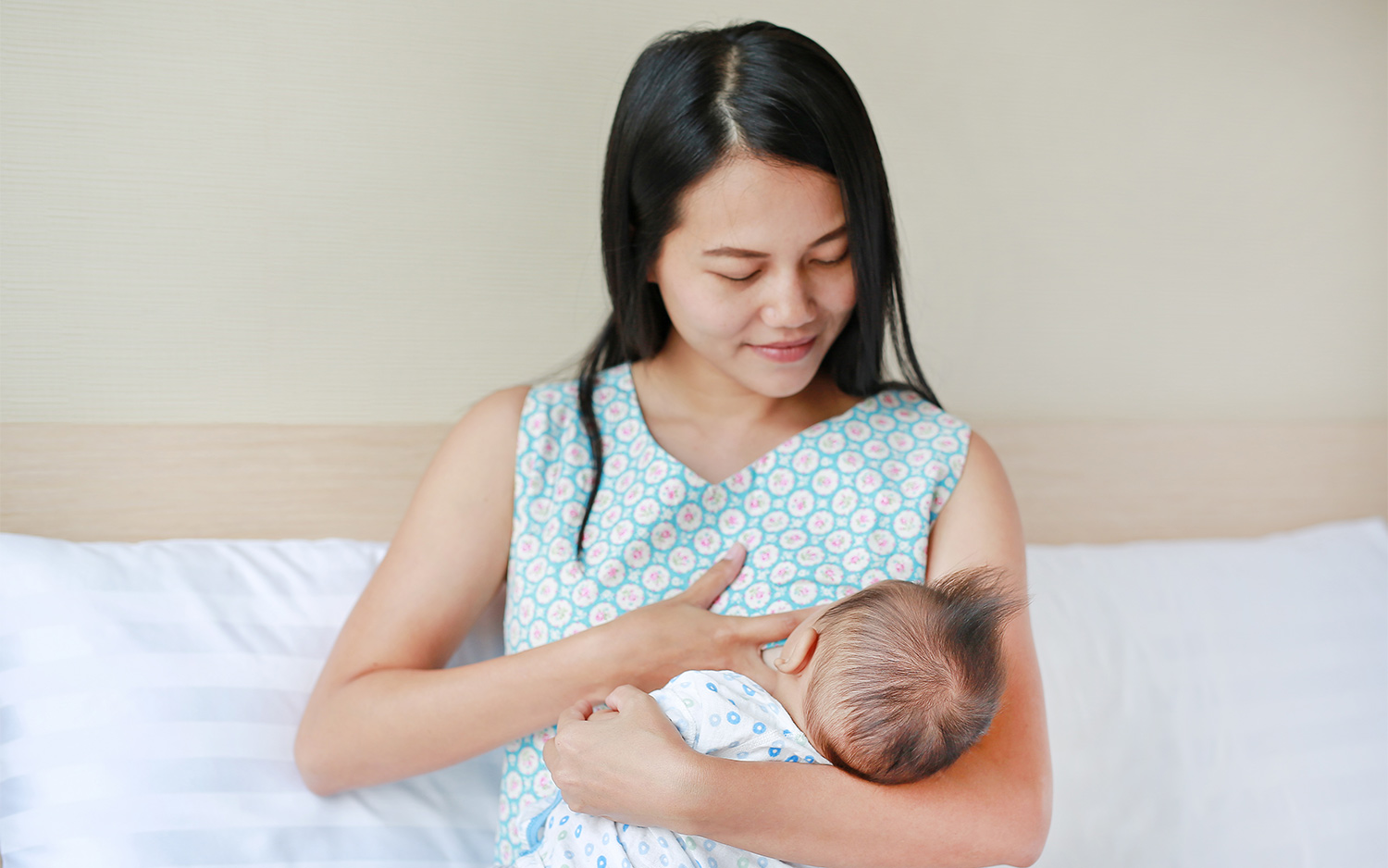
A woman's breasts go through some big (and little) changes during and after pregnancy.
"They get bigger at first, because the dormant fat tissue in the breast gets replaced by functional tissue" in preparation for breastfeeding, Cackovic said.
But these larger breasts don't last forever. "After a woman stops breastfeeding, that functional tissue atrophies, because it's not being used anymore," Cackovic said. "And then it's not immediately replaced by fat, because the fat is already gone."
If the woman gets pregnant again, then the process will repeat. And if the woman gains a lot of weight after a pregnancy, then she'll replace those fat cells in her breasts. "But generally, if somebody is a very fit person and doesn't gain weight, then [her breasts] are going to stay smaller at that point," Cackovic said.
Sagging breasts
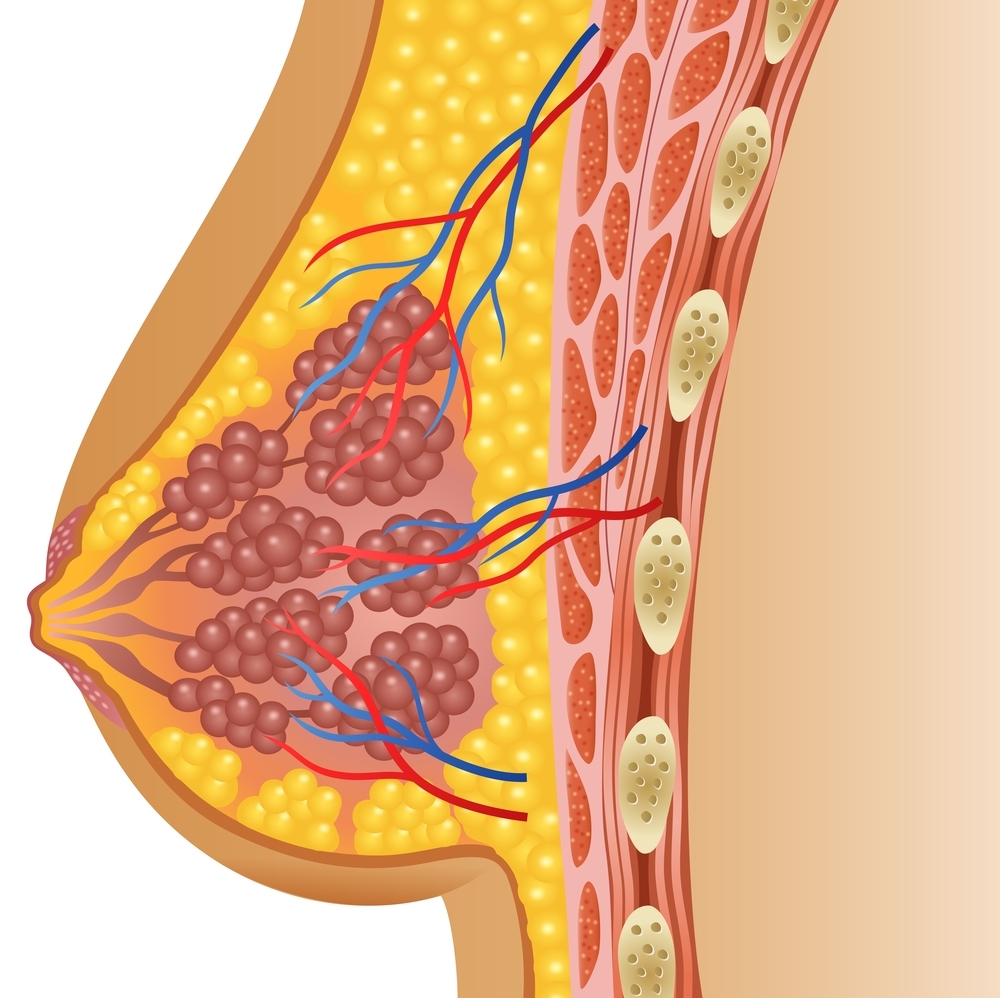
The technical term for this super-depressing side effect of pregnancy is ptosis. And once breasts droop, they will not perk up again, because the cause of breast drooping is the stretching of the ligaments and elastin that hold the fatty tissue in place, according to 2008 study in the Aesthetic Surgery Journal.
One positive? Once you've had that baby, breastfeeding is unlikely to make breast sagging worse. A 2010 study in the journal Annals of Plastic Surgery found that women who had been pregnant had more sagging than those who had not. But while weight gain, smoking status and additional pregnancies worsened droopiness, breastfeeding did not.
Lower breast-cancer risk
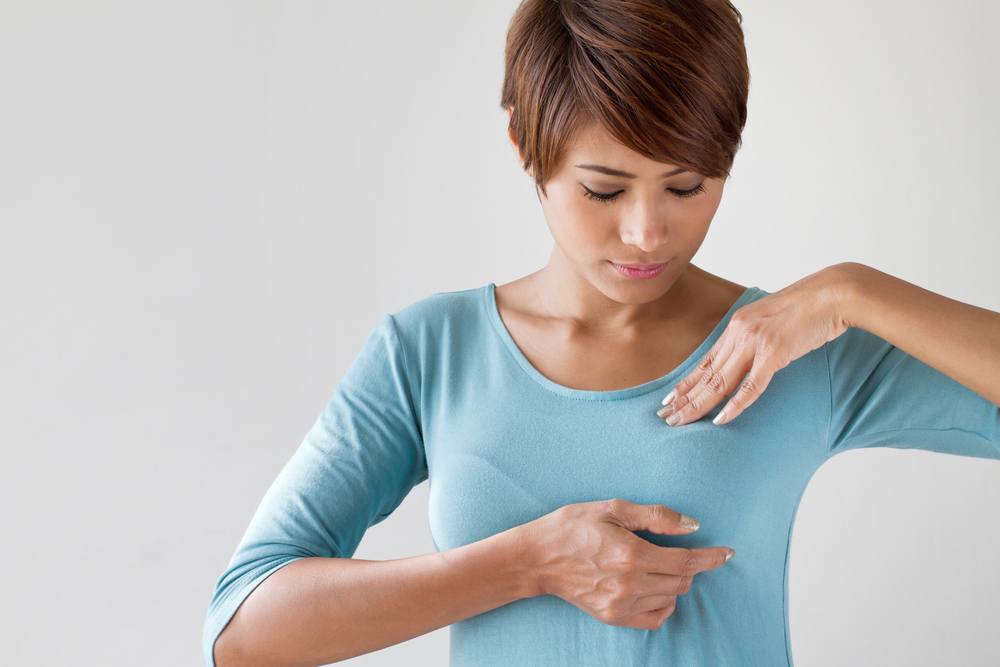
While breasts may be losing their fight against gravity, here's one fact that may perk you up: Breastfeeding may lower the lifetime risk of developing breast cancer. For every 12 months a woman nurses a baby, her relative risk of breast cancer drops by 4 percent, according to a 2002 review in The Lancet.
Crunching the numbers, the authors suggested that up to half of the breast cancer risk in developed countries could be cut if women had as many babies as they did in developing countries, and two-thirds of that risk reduction was due to breastfeeding. (There are, however, other benefits associated with having fewer kids.)
Stretch marks
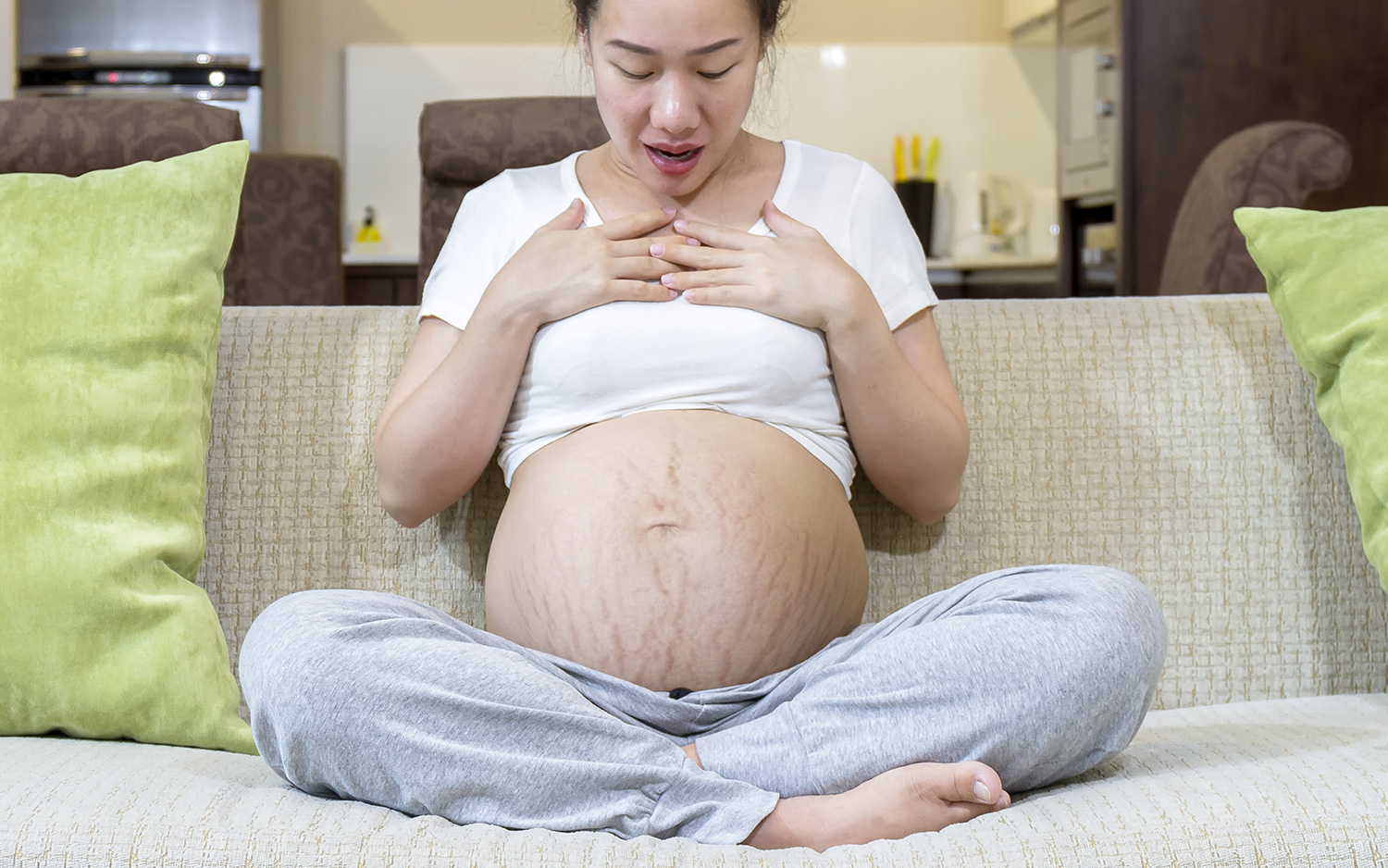
Pregnant women might notice pink or red stretch marks on their skin during pregnancy. Granted, this condition isn't unique to pregnancy; people can get stretch marks any time they experience a big increase or decrease in weight, Cackovic said.
The good news is that while stretch marks stick around, they do get much lighter over time. "They usually do fade out in one to two years," Cackovic said. However, "if the woman gets pregnant again, or gains or loses a lot of weight again, they may become more pronounced."
Hair growth

Women often notice that the hair on their head is lusher and denser during pregnancy. But why does this happen?
The answer has to do with hormones. Increased levels of hormones can translate into fewer hairs lost during pregnancy. That's why women may have a thicker head of hair during pregnancy.
After hormones levels return to normal post-pregnancy, that luscious hair goes away. "It's not uncommon for women to complain at six months that their hair is falling out," Cackovic told Live Science. "But [hair loss] is really just a temporary thing and usually resolves by about 12 to 18 months."
Skin changes
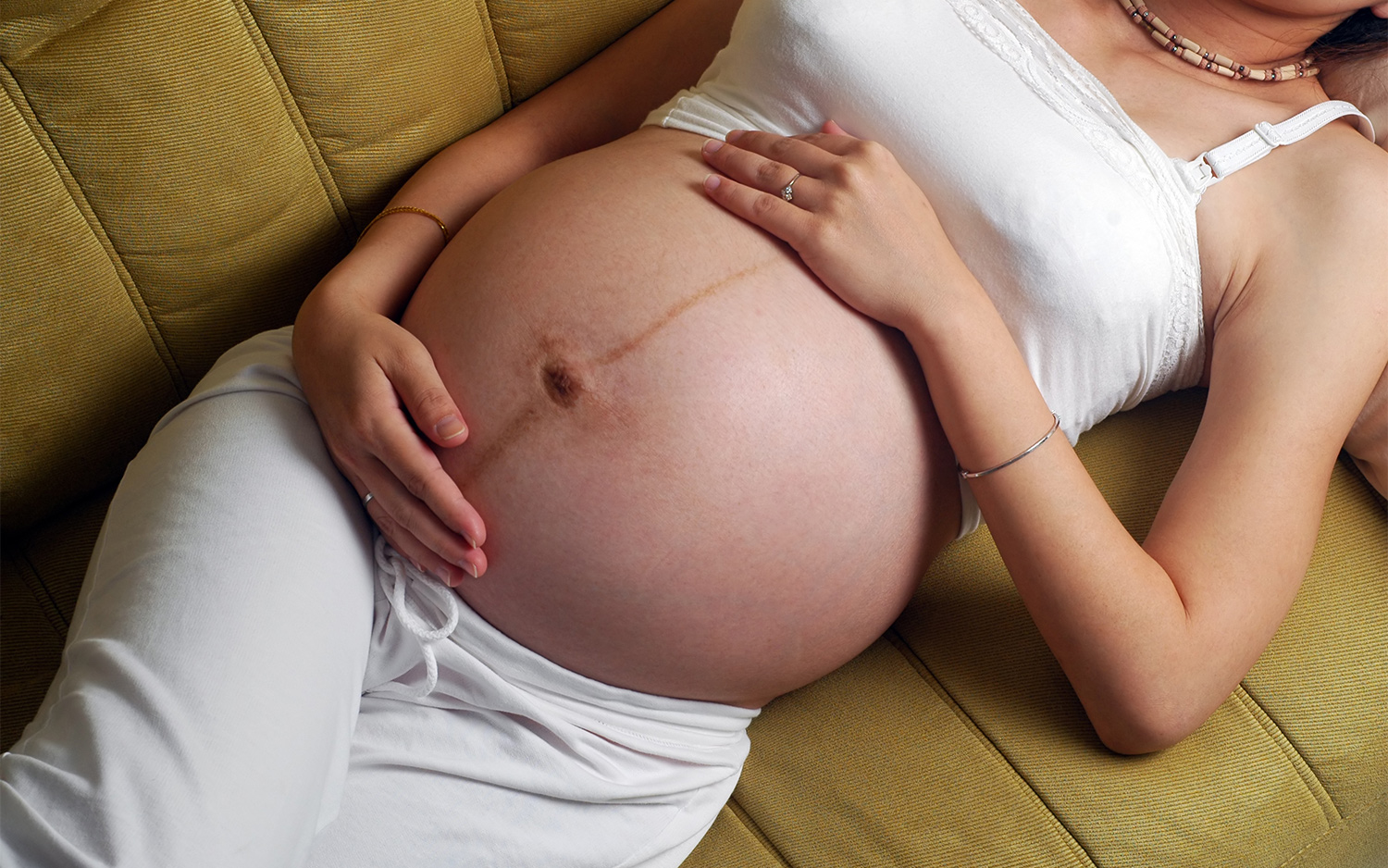
Pregnancy comes with all kinds of skin changes. For instance, the linea nigra — Latin for "black line" — is a dark, vertical line that runs over the belly to the pubic hair region during pregnancy.
Women may also develop the "mask of pregnancy," known as melasma, which are brown patches that color the face. Freckles and moles can also darken during pregnancy.
The linea nigra and melasma are caused by an increase in melanin, the pigment that adds color to your skin and hair, according to ACOG. The dark areas usually fade after the woman gives birth, but some women with melasma can have dark patches for years, ACOG said. Some women with melasma are extra-careful to use sunscreen or wear a hat if they're going outside, and others use skin lighteners after giving birth to address the dark patches, Cackovic said.
Diabetes
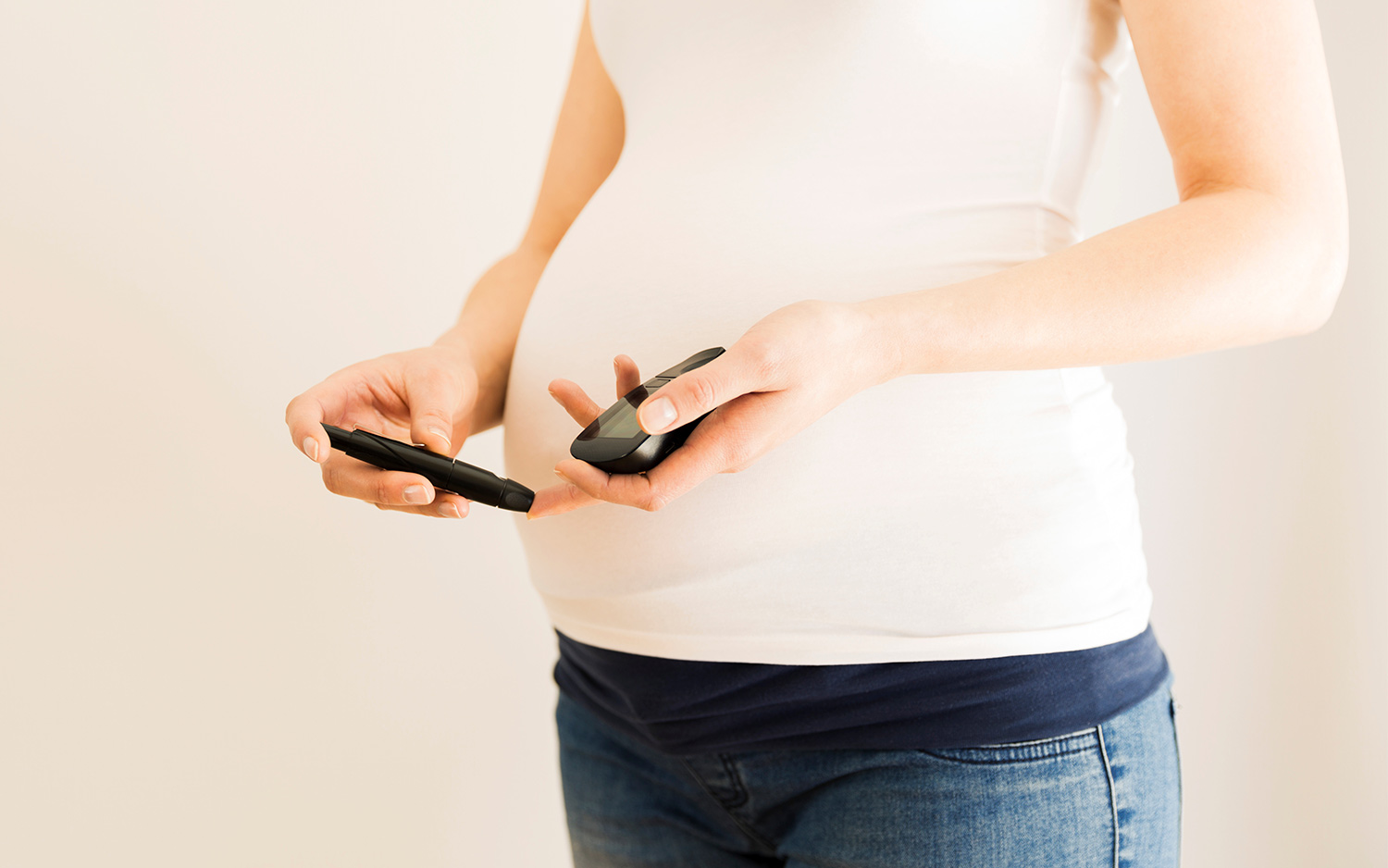
Gestational diabetes — that is, elevated blood sugar during pregnancy — develops in up to 10 percent of pregnancies in the United States. But the mother's diabetes risk doesn't end when the pregnancy does. After giving birth, up to half of the women who had gestational diabetes will develop type 2 diabetes later in life, Cackovic said.
"Usually, those women already know they're at risk, because they have family members that have diabetes," he said.
If a woman has gestational diabetes, it's important that she maintain a healthy weight and diet, monitor her blood sugar, and get screened for diabetes in the years following her pregnancy so she can be aware if she's becoming prediabetic, according to the Mayo Clinic.
Sex drive

After a woman gives birth, it can take a year for her sex drive to return to her normal levels, Cackovic said. Sheer fatigue from caring for a newborn is one reason why. Another has to do with breastfeeding.
If the woman breastfeeds, a decision ACOG supports, then she'll have lower estrogen levels, which can diminish sex drive, Cackovic said.
Varicose veins and hemorrhoids
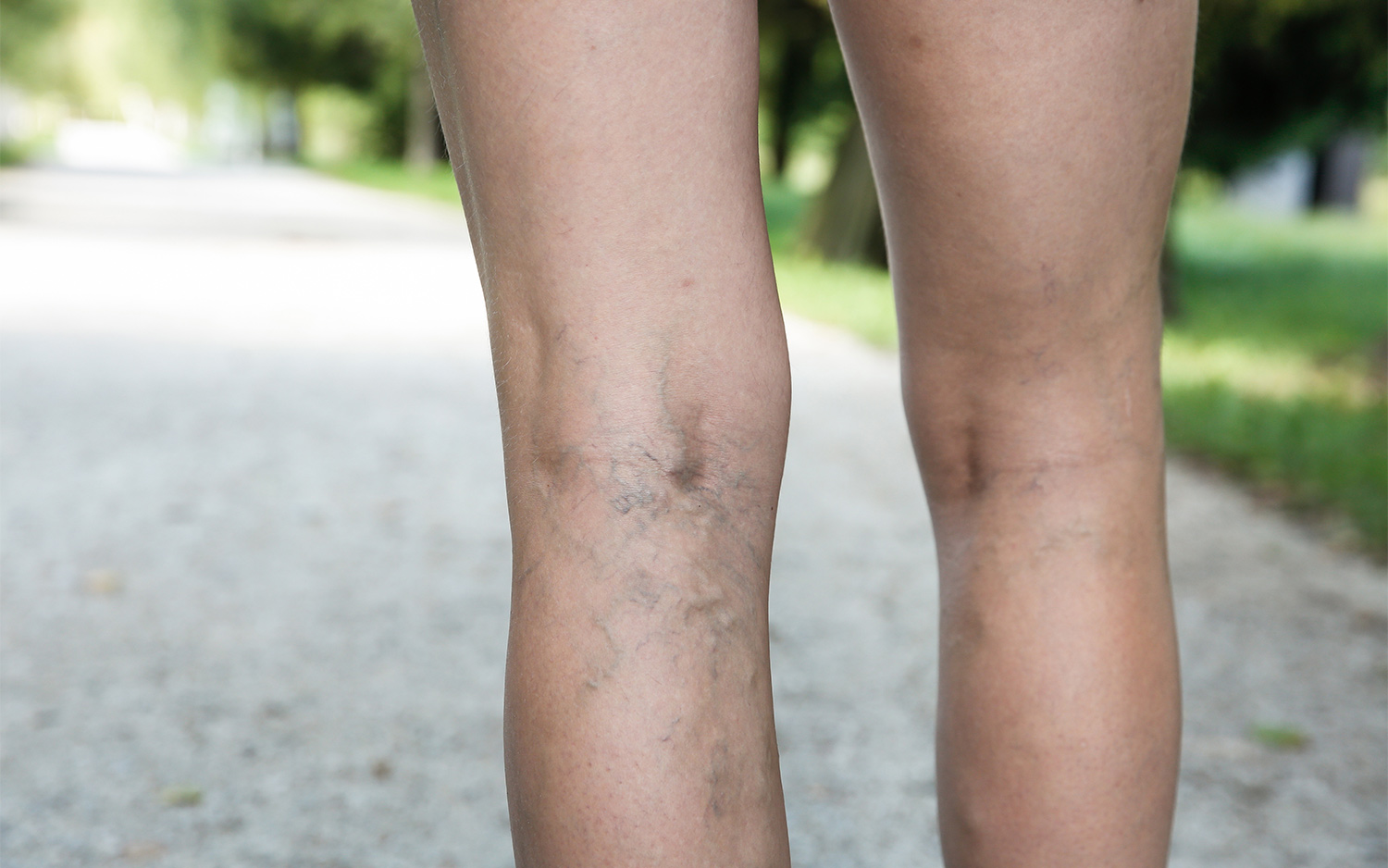
Some pregnant women might notice swollen, sore and blue veins — called varicose veins — on their legs, as well as on the vulva and in the vagina. When these sore-feeling veins occur on the rectum, they're called hemorrhoids.
Varicose veins and hemorrhoids develop because the uterus's heavy weight and pressure can reduce blood flow from the lower part of the body, ACOG said. In addition, increased blood flow and a weakening of the blood vessels' lining can contribute to these conditions, Cackovic said.
Usually, varicose veins and hemorrhoids go away within six to 12 months of the birth, Cackovic said. Pregnant women who want to prevent varicose veins from getting worse should exercise regularly, avoid sitting with their legs crossed for a long time, wear support hose, and avoid constipation by eating high-fiber foods and drinking plenty of liquids, ACOG said.
Slightly larger uterus
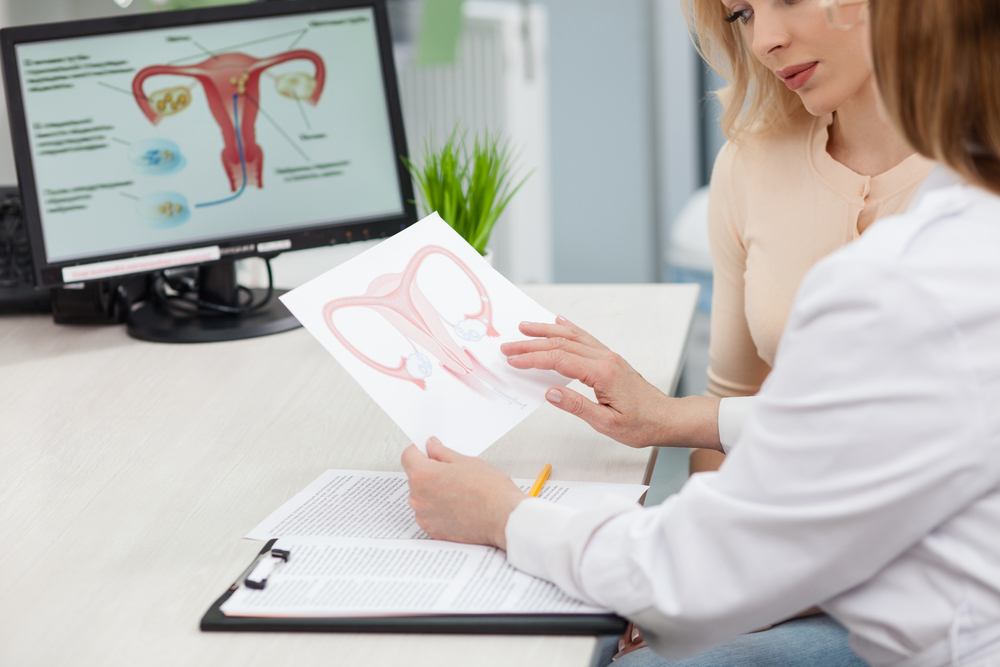
Normally, the uterus is about a pear-size, but during pregnancy, the organ swells to the size of a watermelon. Afterwards, it deflates and shrinks again over the course of six weeks in a process called involution — but this contraction isn't necessarily 100 percent.
A 1996 study in the journal Ultrasound in Obstetrics & Gynecology found that premenopausal women who had children had slightly larger uteruses than women who had never given birth, even after this postpartum period had passed. (Call it a pear on steroids, maybe?) However, it's perhaps inaccurate to call it permanent, just long-lasting, as the uterus will then shrink to an even smaller size after menopause.
Abdominal separation
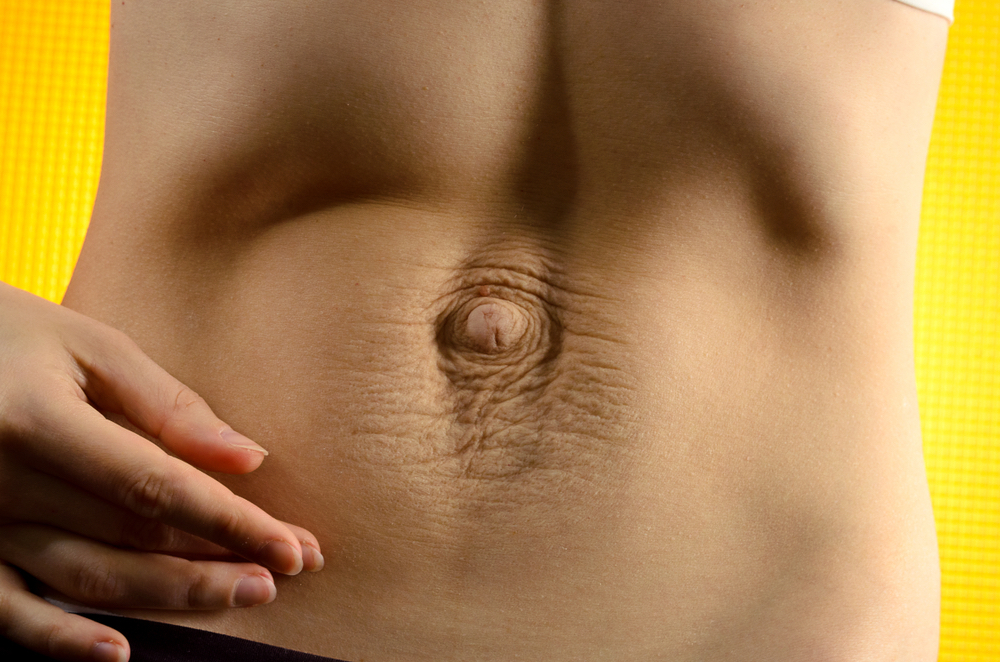
One surprisingly common, and ultimately permanent, change associated with pregnancy is a condition called diastasis recti abdominis. It's when the abdominal muscles separate, creating a gap between the stomach muscles.
All women will have this separation at the late stages of pregnancy to make room for the growing belly. But by a year postpartum, somewhere between a third to more than two-thirds of women will retain some separation between their abdominal muscles, various studies suggest.
Oh, oh… oh?

Another casualty of those stretched-out pelvic-floor muscles is that the contractions associated with orgasms may be weaker than before. While this may be not be universal, for many women, a somewhat blah climax can be a side effect of a weakened pelvic floor.
However, changes in orgasmic intensity may not be due to physical changes, Dweck said. Other changes, such as fatigue, pain, and feeling less desirable due to body changes and breastfeeding could also be at play, she said.
"For many women, the biggest sex organ is the brain," Dweck said.
You become a chimera
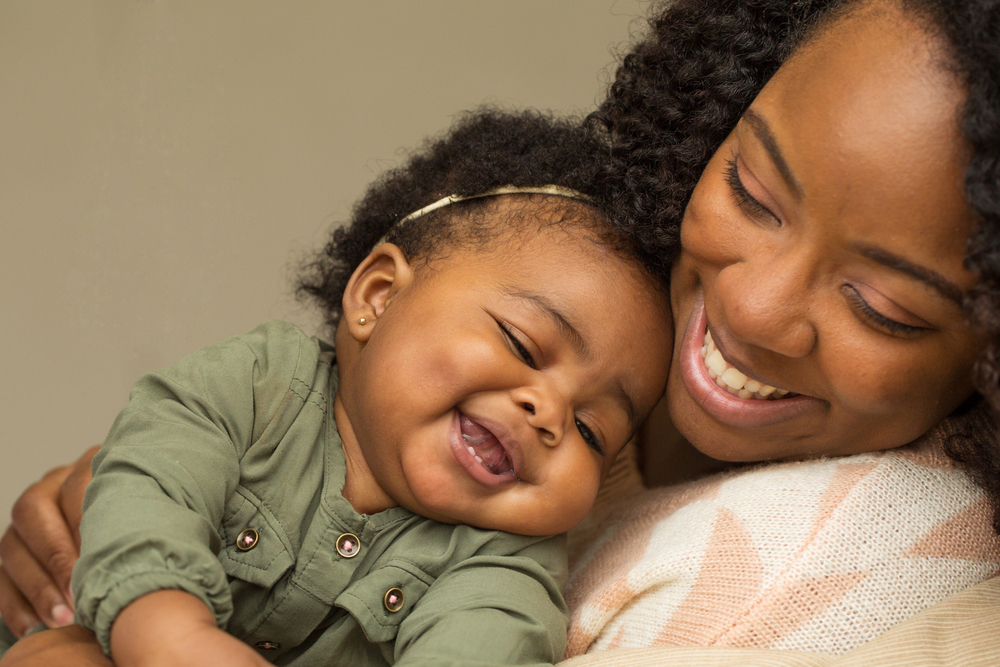
When a woman is pregnant, her body is filled with cells from her growing baby. But those cells don't all leave with the baby. At least some of those cells travel through the placenta into the rest of the mother's body — where some may remain for the rest of her life. Autopsies of women who had children decades before have found evidence of male DNA in the woman's brains, presumably from gestating their sons, according to a 2012 study in PLOS One.
The purpose of these chimeric cells isn't clear. Some doctors think they can help a mom, while other researchers think the cells are potentially harmful, Live Science previously reported.
Wider Hips
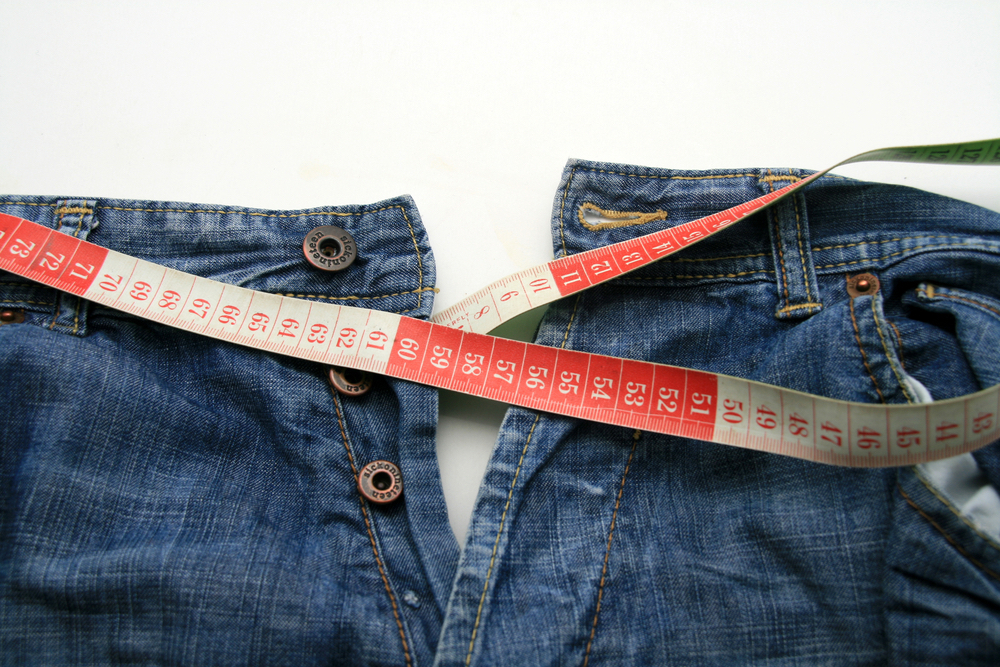
Some women may notice that their hips are wider following childbirth. But why?
You may think it has to do with the hormone relaxin — largely because relaxin relaxes and softens the joints and ligaments in the pelvis to help the mother push out the baby during labor. But that's likely not the real reason behind wider hips, Cackovic said.
Rather, wider hips are "most probably due to the deposition of fat into areas of the body that have extra fat cells," he told Live Science. In other words, some women get chubbier because of accumulating fat cells, not because their hip bones are actually wider.

Laura is an editor at Live Science. She edits Life's Little Mysteries and reports on general science, including archaeology and animals. Her work has appeared in The New York Times, Scholastic, Popular Science and Spectrum, a site on autism research. She has won multiple awards from the Society of Professional Journalists and the Washington Newspaper Publishers Association for her reporting at a weekly newspaper near Seattle. Laura holds a bachelor's degree in English literature and psychology from Washington University in St. Louis and an advanced certificate in science writing from NYU.
How Long Does It Take for Skin to Shrink After Having a Baby
Source: https://www.livescience.com/63291-post-pregnancy-changes.html
0 Response to "How Long Does It Take for Skin to Shrink After Having a Baby"
ارسال یک نظر